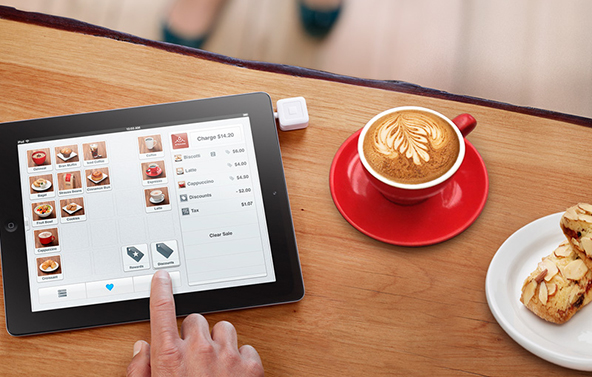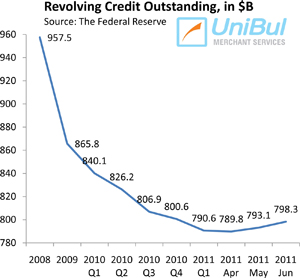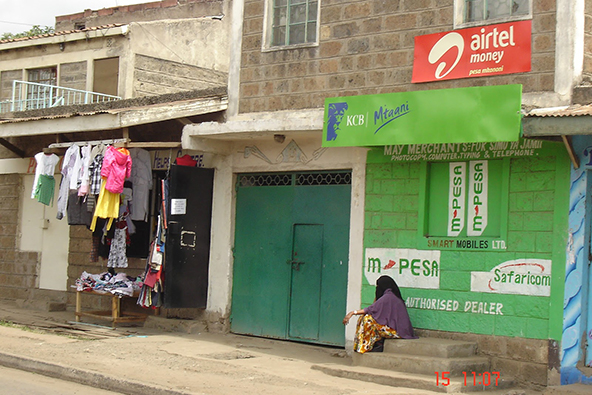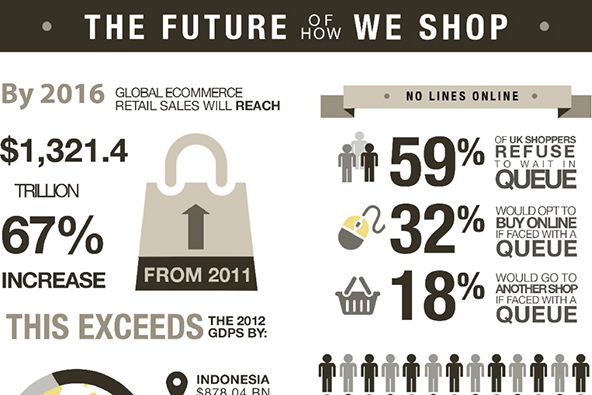Square vs. mPowa or Who Is the Ideal Mobile Payment Customer

Square is prominently featured in today’s news, thanks to the payment processor’s freshly-announced entry into the Canadian market. Our northern neighbors are offered most of what Square gives to its American users, including the Register and Directory business features. As far as I can tell, the only significant differences are that Canadian users can only accept Visa and MasterCard (Americans can also take American Express and Discover) and that they are not offered the $275-per-month flat-fee pricing that is available to U.S. merchants. This is Square’s first foray abroad and, understandably, Canadian news outlets are all over the story.
At the same time, The Financial Times’ Andrew Bounds is giving us the latest on U.K.-based mPowa’s incursion into Square’s home turf. As we’ve previously noted on this blog, mPowa is different from the vast majority of Square clones in that it targets exclusively businesses, as opposed to consumers, and has developed a unique strategy that gives it at least a fighting chance against a vastly-better financed rival. Bounds’ reporting helps fill in some details and, through an interview with mPowa’s founder, adds some color to the picture. It also raises a question: other things being equal, whose approach is the better one?
Square vs. mPowa: What’s the Difference?
Back in Square’s early days, Jack Dorsey, the start-up’s Twitter-famed co-founder, used to tell us that he wanted to enable the millions of small businesses (27 million by his count), which then could not accept credit cards, to do just that. These were typically one- or two-person mom-and-pop-type operations (e.g. hot-dog sellers, electricians, plumbers, etc.), which the traditional payment processors did not want to serve, Dorsey would explain. However, Square’s target group was much wider than that. The start-up was the first payment processor to offer regular consumers, not just businesses, to accept credit cards. This is why we at UniBul have always viewed Square as the mobile PayPal.
And that focus on small-volume users is precisely what Dan Wagner, mPowa’s owner, sees as Square’s weakness. By his calculations, 70 percent of Square’s users complete 20 transactions per year or less. I do not know whether Wagner’s figures are correct, but it is highly probable that they are. In any case, this is where Wagner sees an opening for his company. “They [Square] have a mud hut. I have a skyscraper”, is the way he puts it.
While Square is chasing garage-sale-type of users, Wagner is going after big merchants and banks. To the former he offers a non-exclusive agreement, so that the merchant can keep using its existing point-of-sale (POS) equipment to accept payments at the regular checkout, but it can start using mPowa to accept payments elsewhere. The fee for the service is a flat 0.25 percent. To banks mPowa offers its system on a white-label basis.
Who Does It Better?
So which approach is likely to produce better results? Well, I think that each of these strategies has its merits. On the one hand, there were many payment industry insiders who, long after Square’s launch, kept telling everyone who would listen that Jack Dorsey could not possibly succeed by targeting consumers. What they meant was precisely what Dan Wagner is now telling us: that the processing volumes on a per-user basis would be so negligible as to render the whole idea impossible. However, what this view overlooks is the sheer size of the market. It’s much bigger than the 27 million small businesses Jack Dorsey had counted and, at least theoretically, every adult American could become a Square user. Moreover, we already had a payment processor, which had successfully implemented that very strategy in a different industry niche. Yes, its name is PayPal.
On the other hand, Wagner is right to point out that, to a payment processor, a large retailer is an immensely more profitable client than a street vendor or a Craigslist seller. And it is also true that mPowa is likely to have an advantage over Square when the two processors compete for the business of a merchant, which wants to keep its existing POS arrangement, as is often the case with large retailers. The reason is that, whereas mPowa can be used as a mere add-on to the merchant’s POS system, Square’s can only be used as a replacement.
So, as I said, on a conceptual level, each of the two competing approaches is perfectly sensible.
The Takeaway
And yet, Square has a sizable advantage over mPowa, just as it does over any other competitor. Jack Dorsey’s company pioneered the mobile phone-based credit card acceptance concept three years ago, took the early lead and has never looked back. ?áDespite the unremitting efforts of its many challengers, no one — not even mighty PayPal — has been able to make as much of a dent in Square’s growth rate. But more worryingly for Dan Wagner, the recently signed deal with Starbucks clearly indicates that Square’s focus is now broadening and that the San Francisco-based processor is quite capable of signing up the very huge retailers mPowa is after.
Image credit: Squareup.com.



My bet is on mPowa. Well, for one I am one satisfied mPowa user. If you want to sign up for the chip and pin reader that’s coming soon just go to http://www.mpowa.com, I think I’ve got that right.